Report this entry
More from the same community-collection
Internatinal Boundary & Water Commission - El Paso, Texas
American Dam; view from hill on west side, at boundary line. El ...
Internatinal Boundary & Water Commission
American canal; view N. from Sta. 93+00 ; p.8c H. shovel at ...
Internatinal Boundary & Water Commission
American Dam; building W. bank levee opp, W. abutment of Dom. ...
Internatinal Boundary & Water Commission
American Dam; panel No.6 , unit 3, ready for concrete view S. ...
Internatinal Boundary & Water Commission
American Dam, site of smelter from Arroyo improvement; view E. ...
American Canal - Near Smelter under-pass
American Canal - Near Smelter under-pass; view west from ...
American Canal - Northwest dragline excavator
American Canal - Northwest dragline excavator; view north. Photo ...
American Dam - Piers No. 3 to 9
American Dam - Piers No. 3 to 9; view southwest from north dyke. ...
American Dam - Looking down into Pier No. 3
American Dam - Looking down into Pier No. 3; note concrete ...
American Dam - Stripping overburden at rock cut
American Dam - Stripping overburden at rock cut; looking south. ...
Before Asarco teardown, El Paso, Texas
A group of friends who decided to take a group pic of the Asarco ...
Demolition of ASARCO Stacks in 2013
The image shows the demolition of the ASARCO stacks in 2013. ...
Demolition of ASARCO Stacks in 2013
The image shows the demolition of the ASARCO stacks in 2013. ...
Demolition of ASARCO Stacks in 2013
The image shows the demolition of the ASARCO stacks in 2013. ...
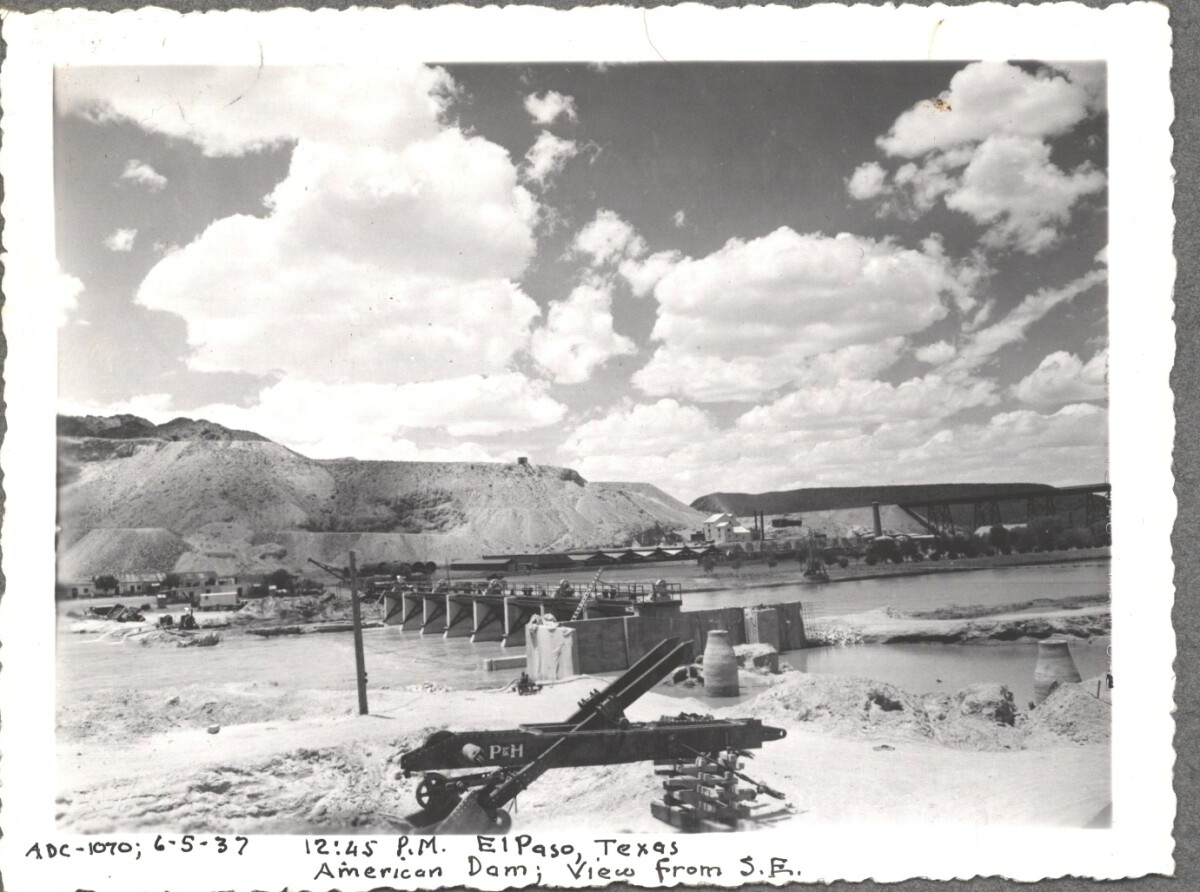
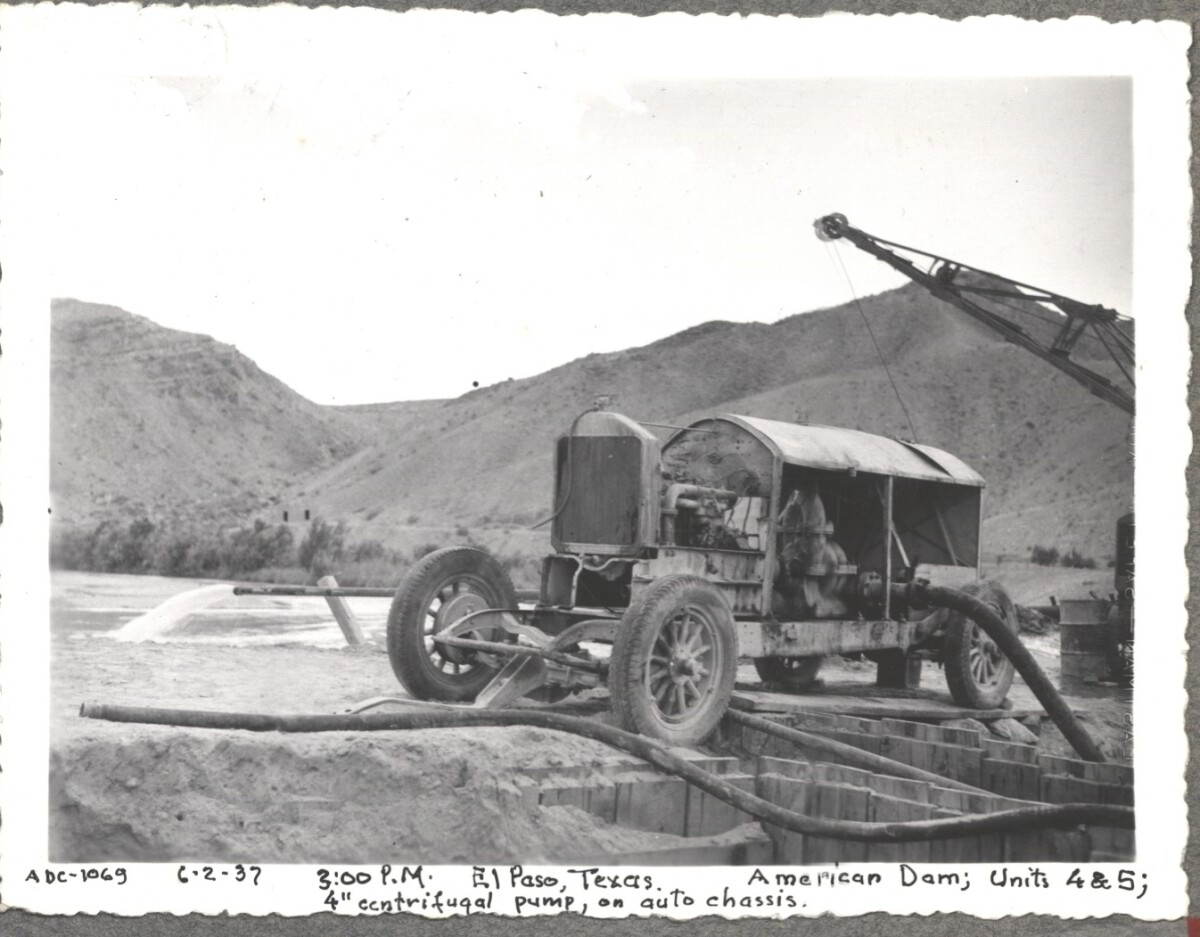
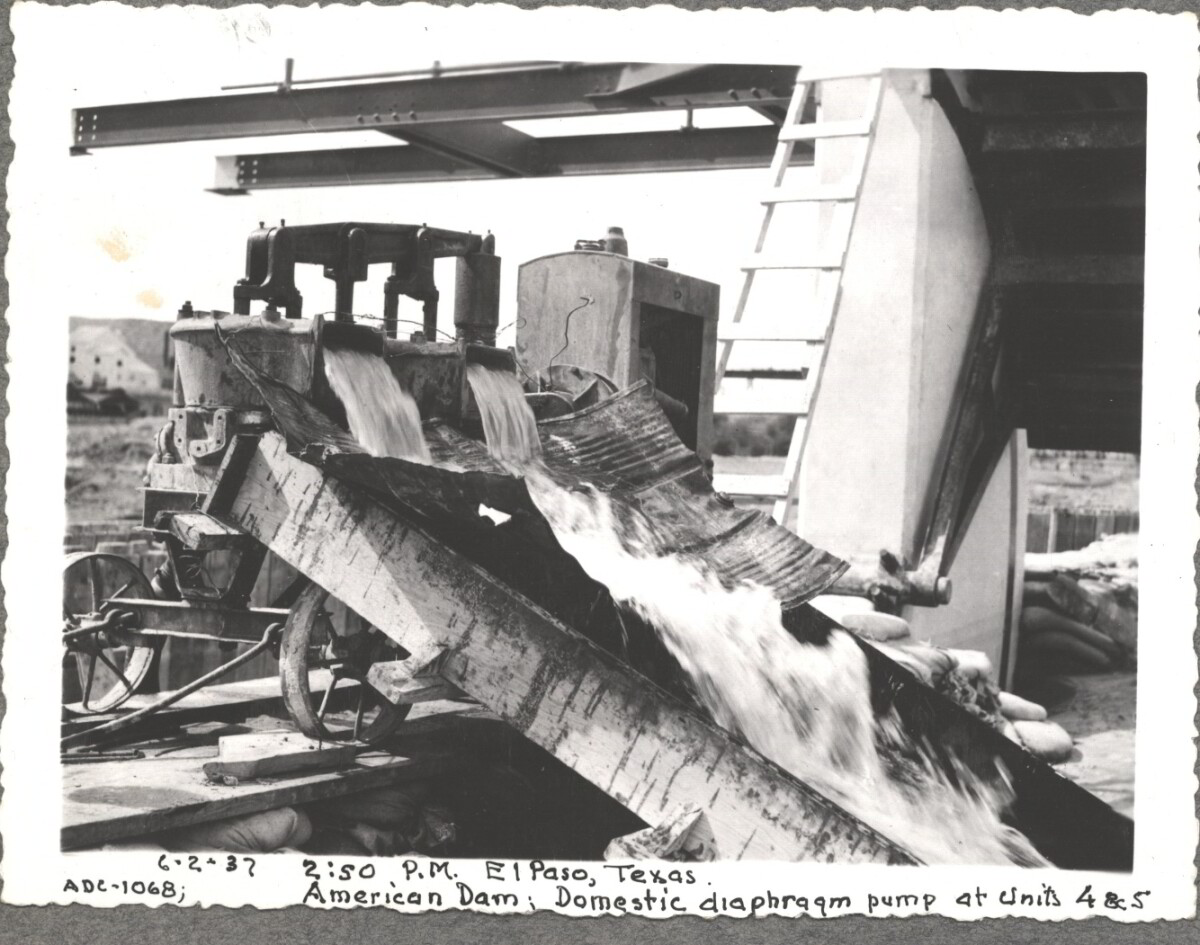
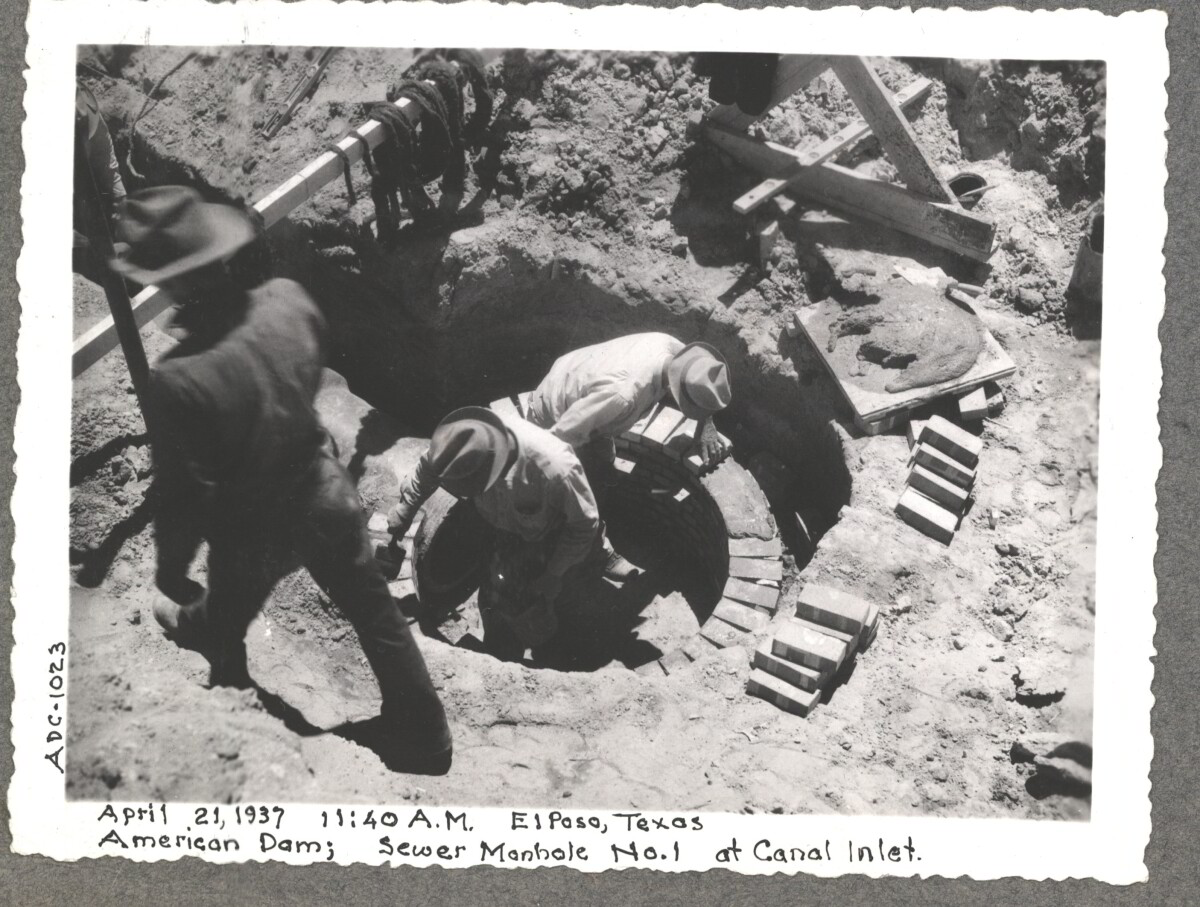
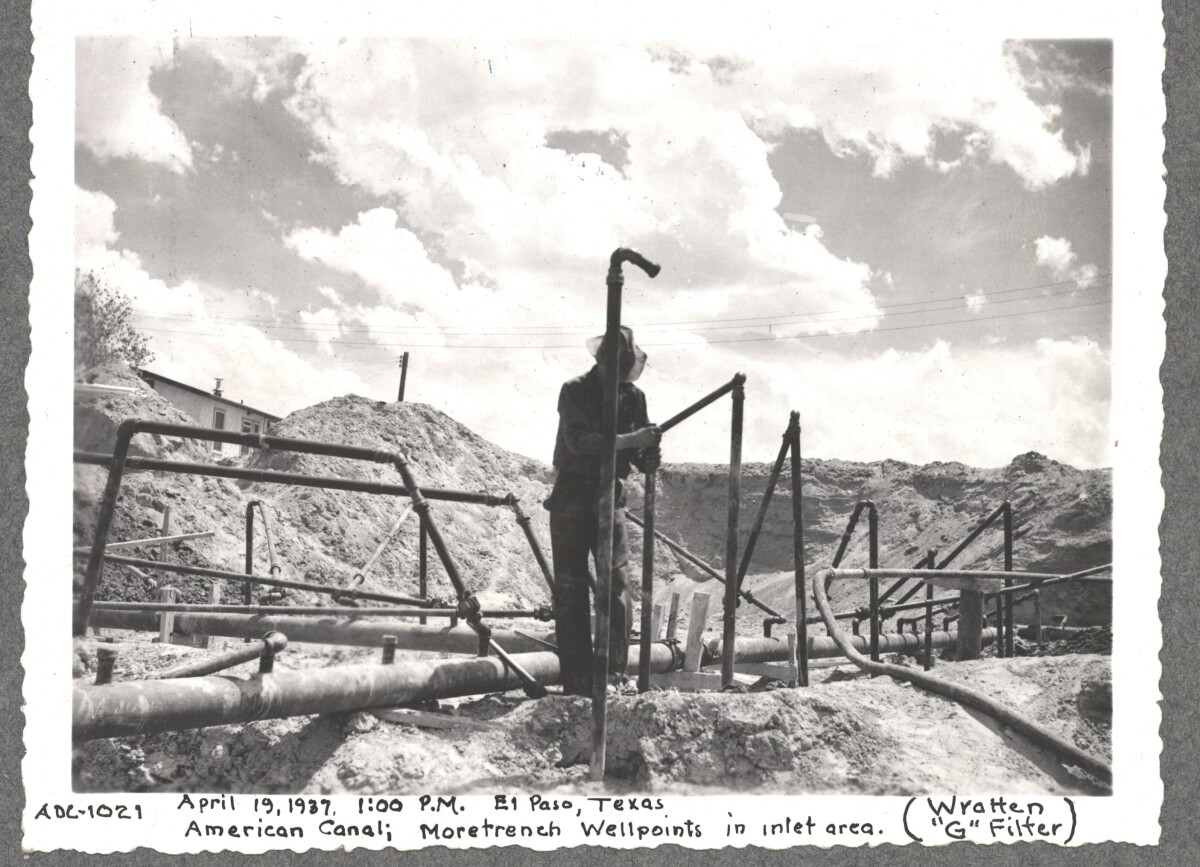
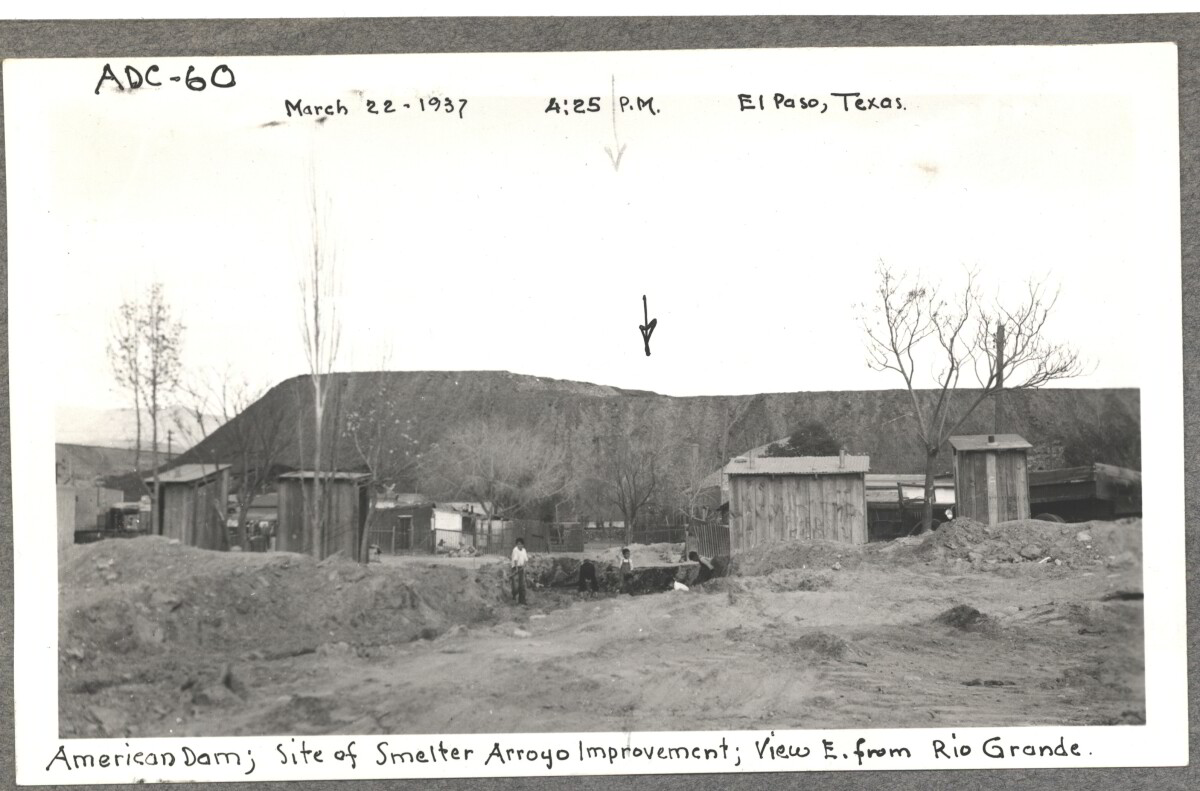
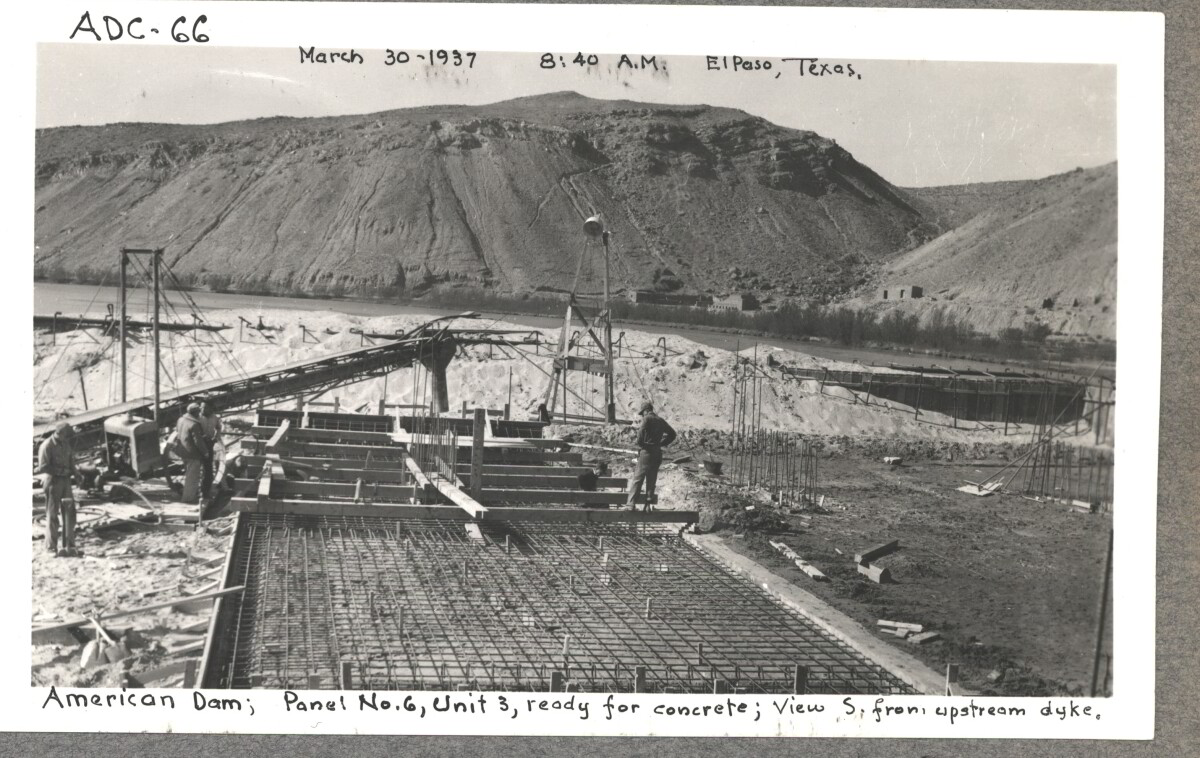
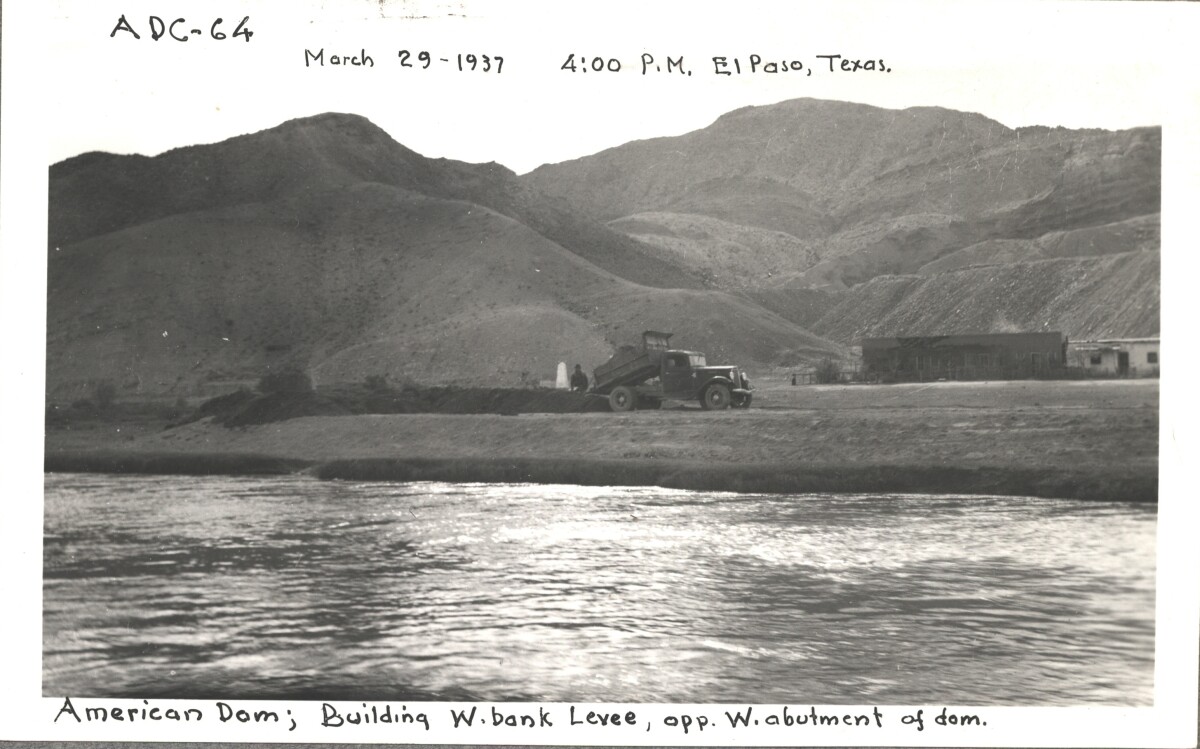
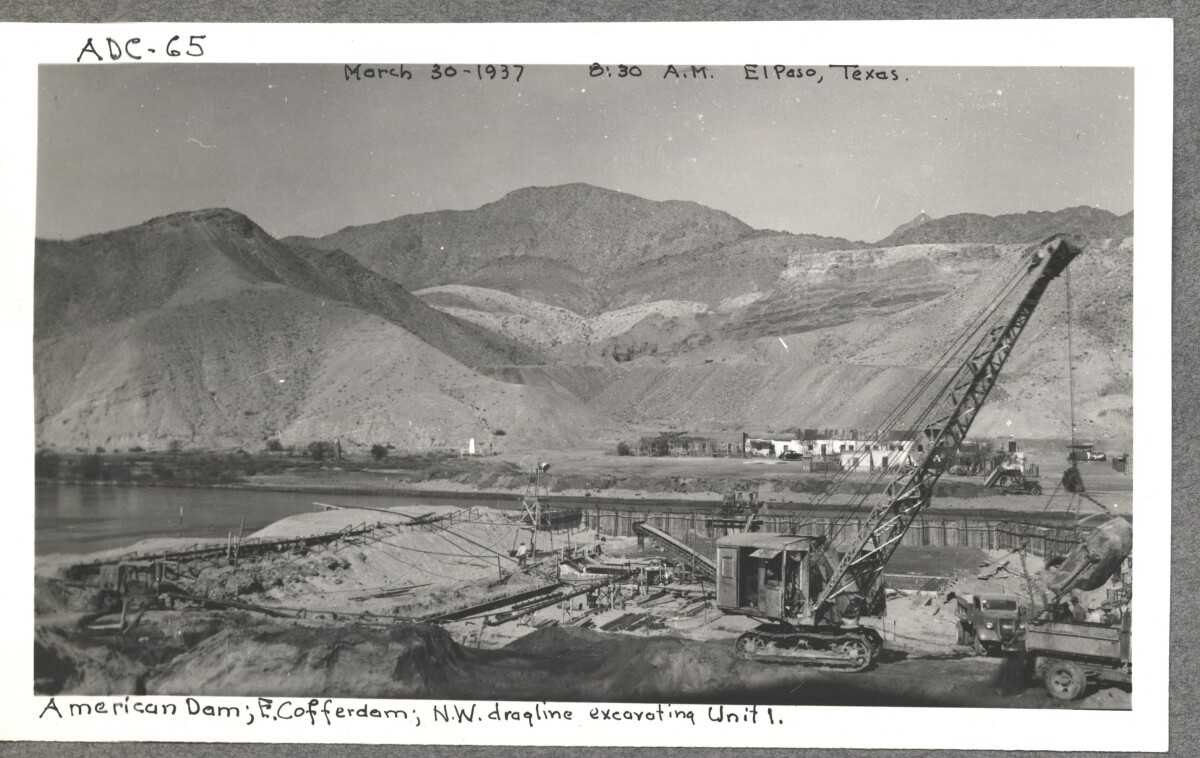
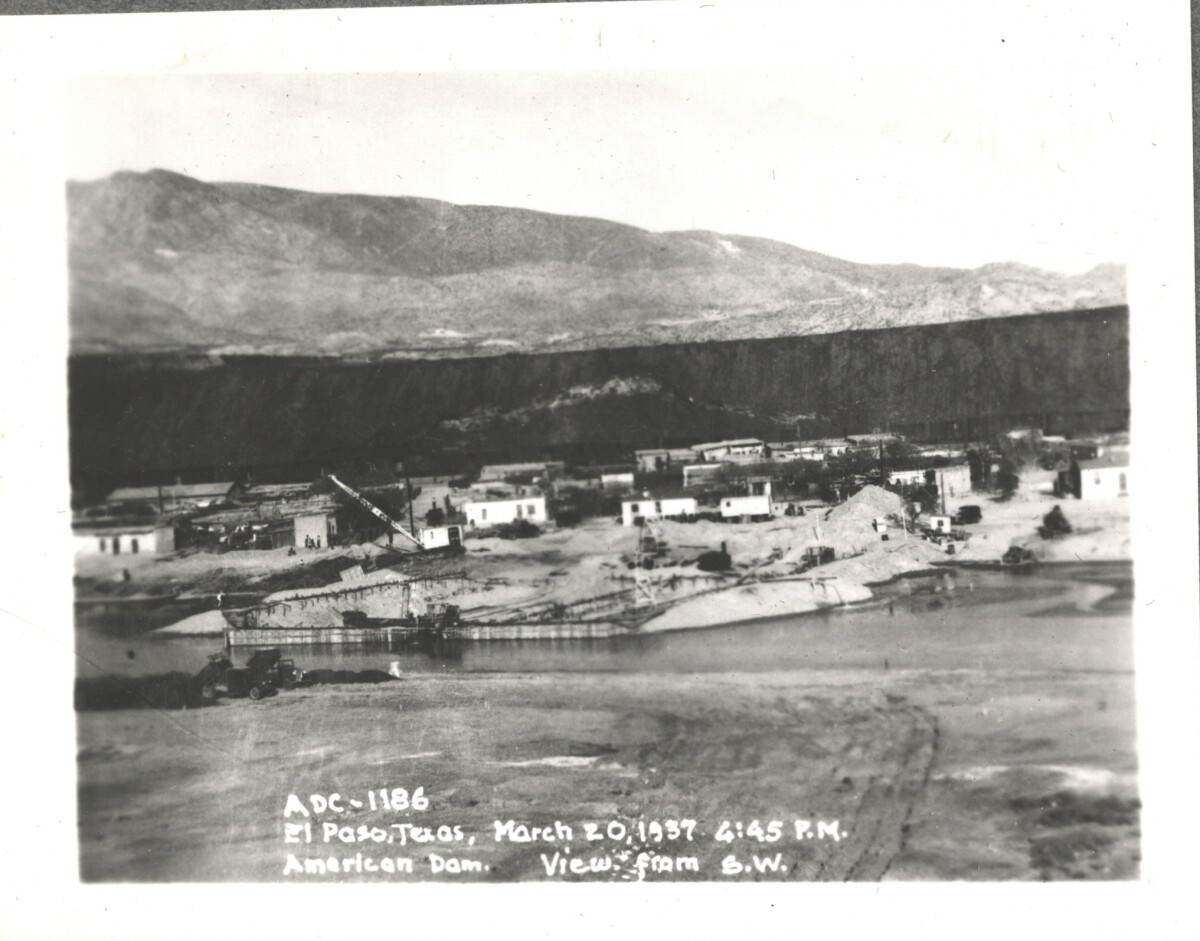
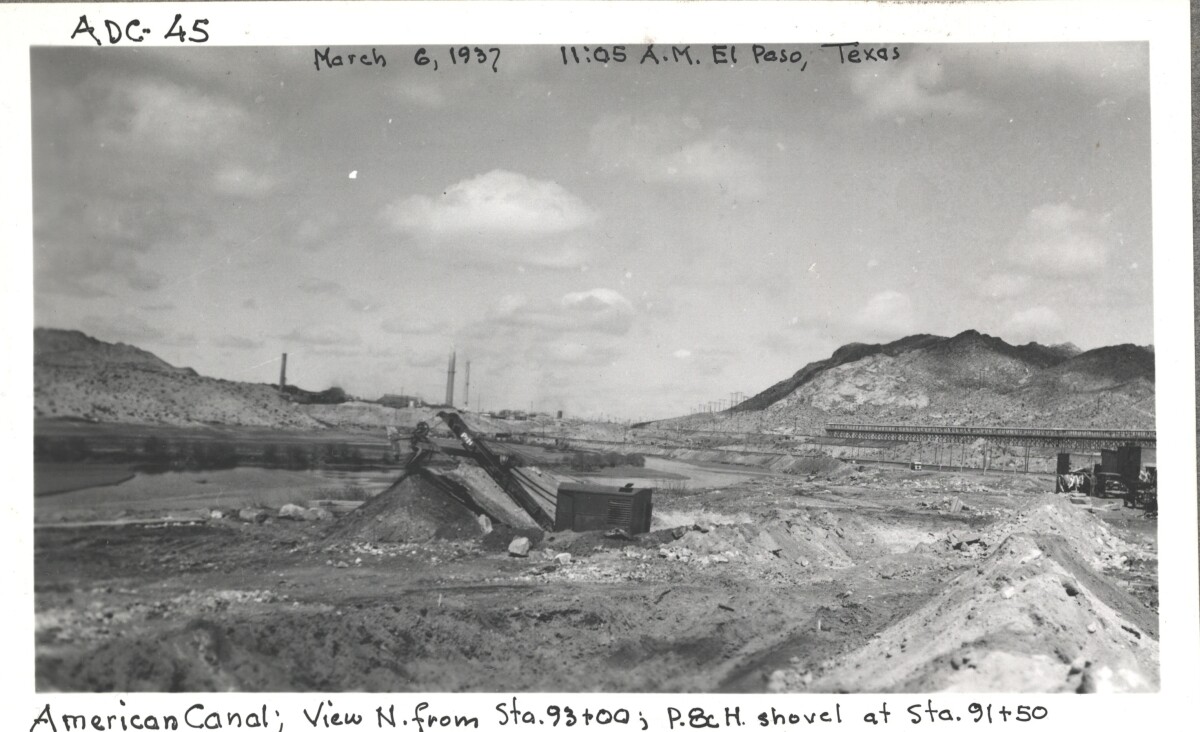
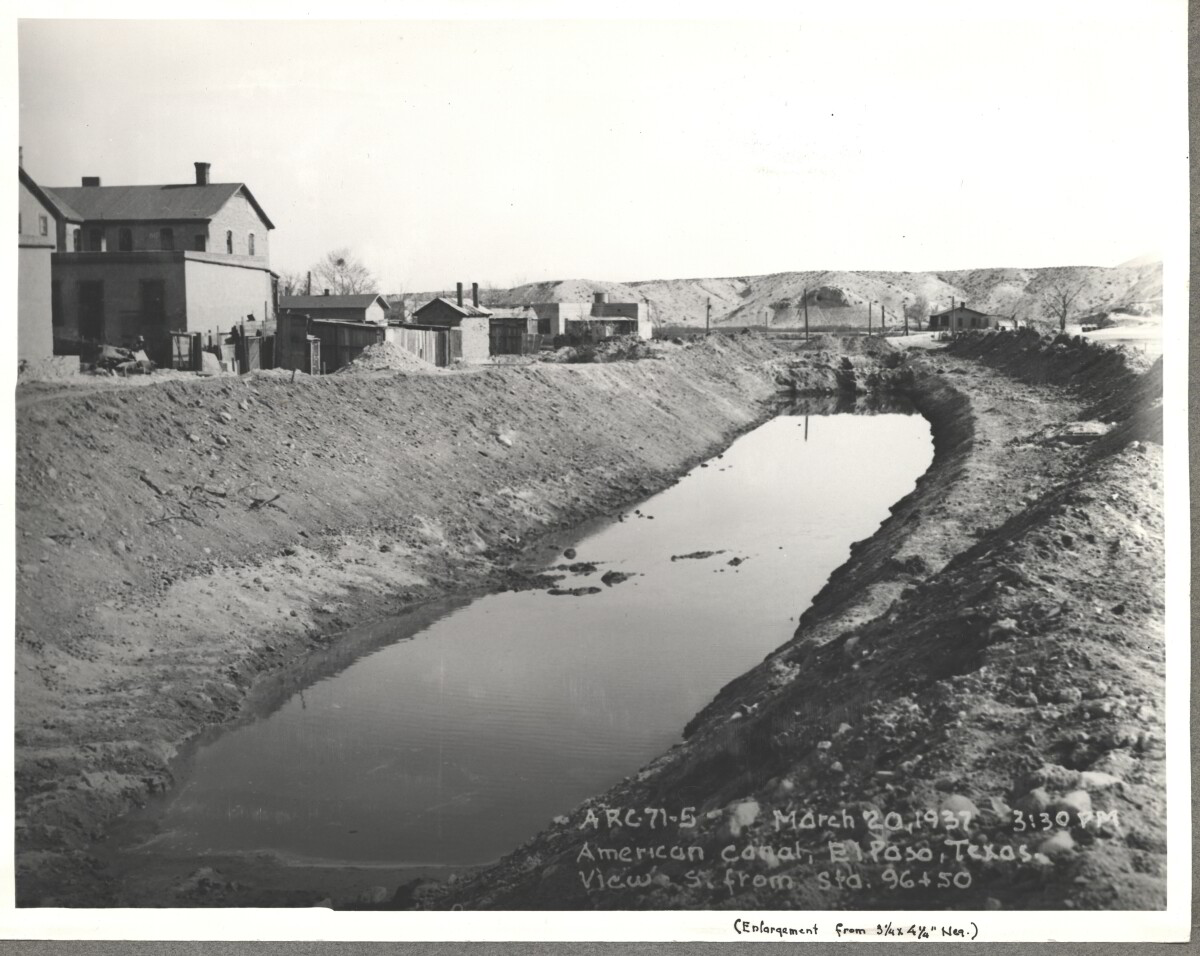
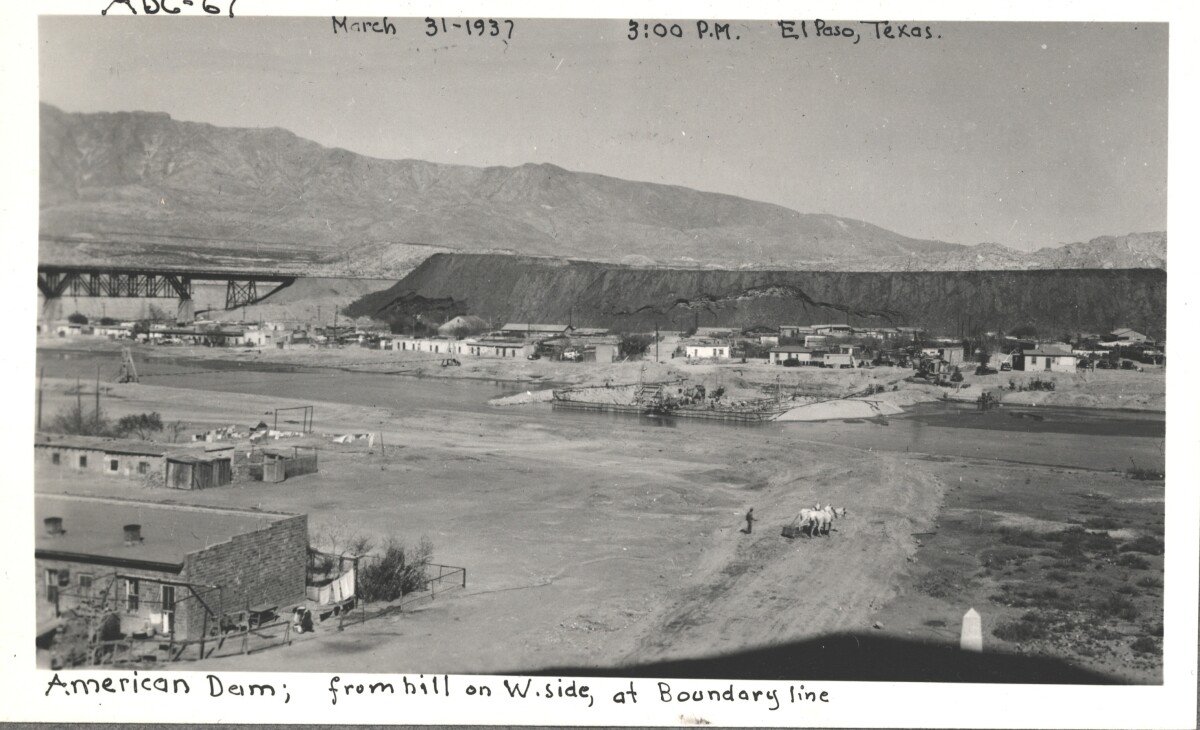
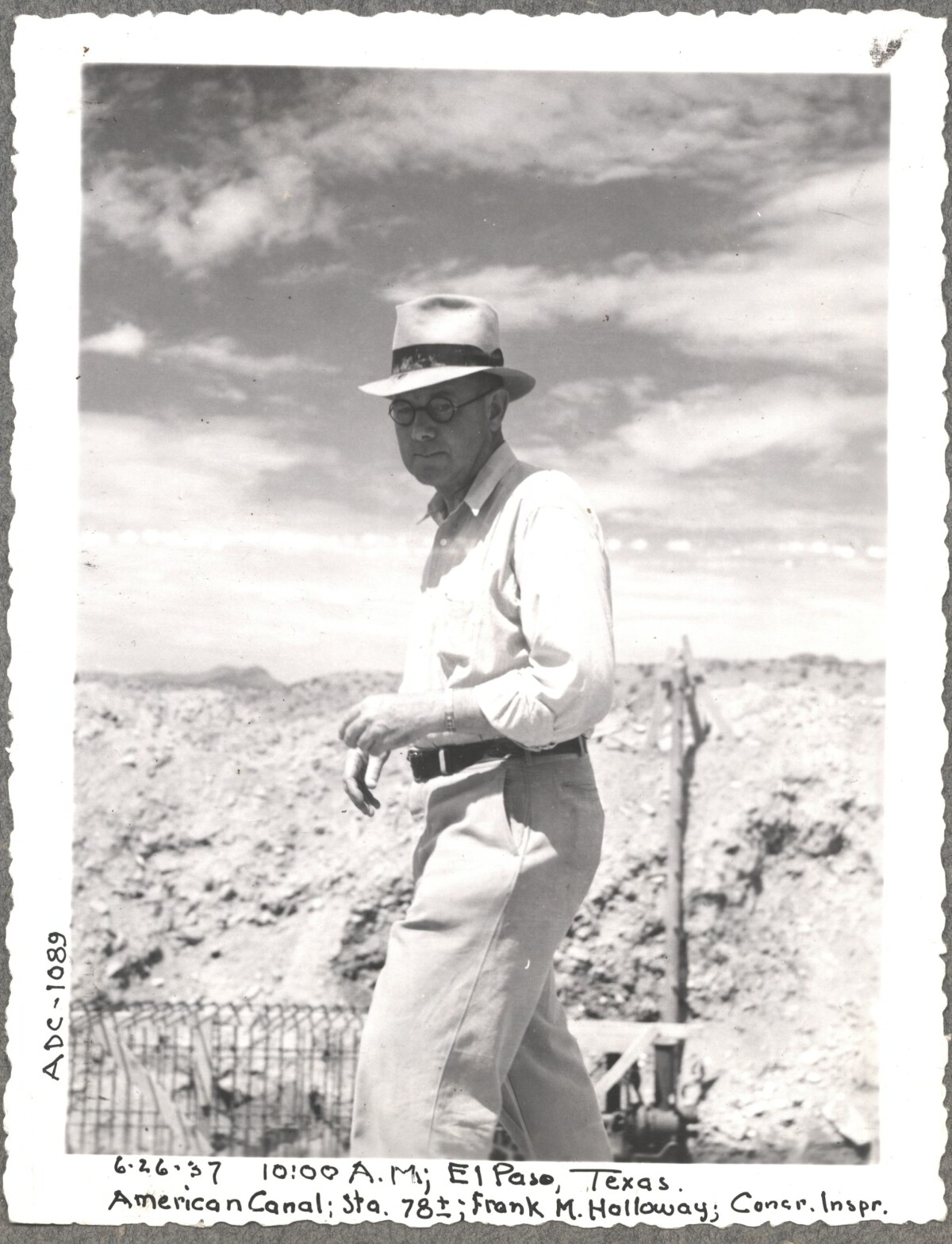
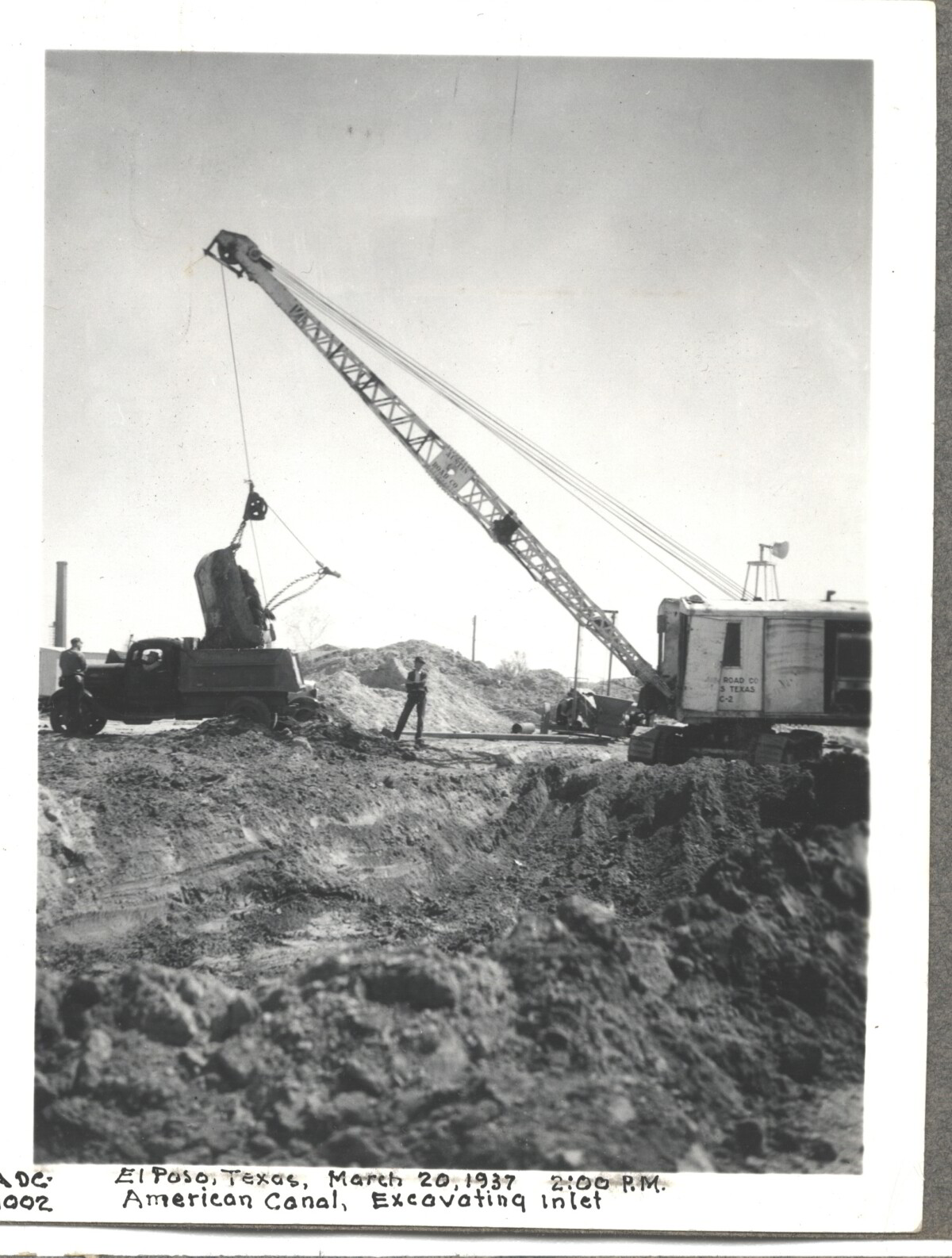
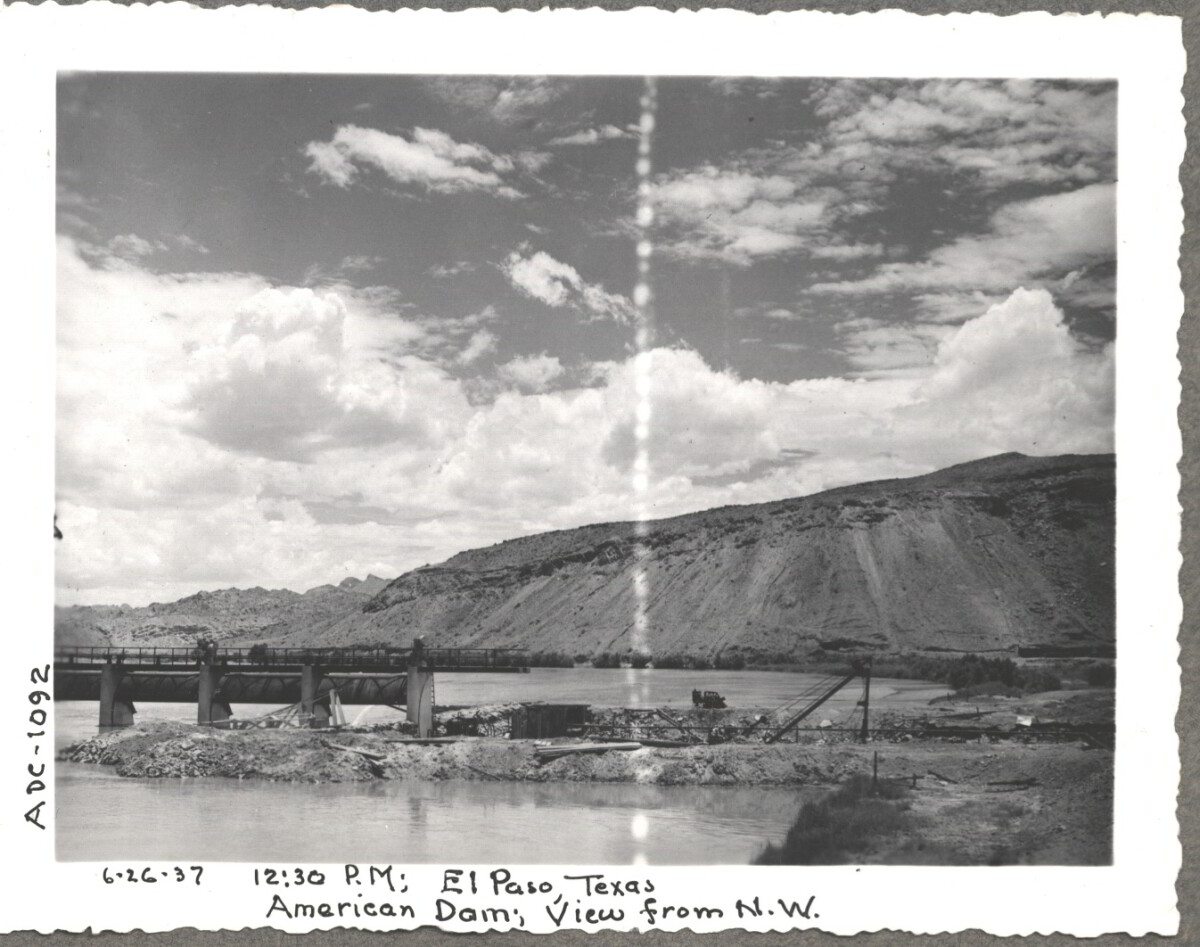
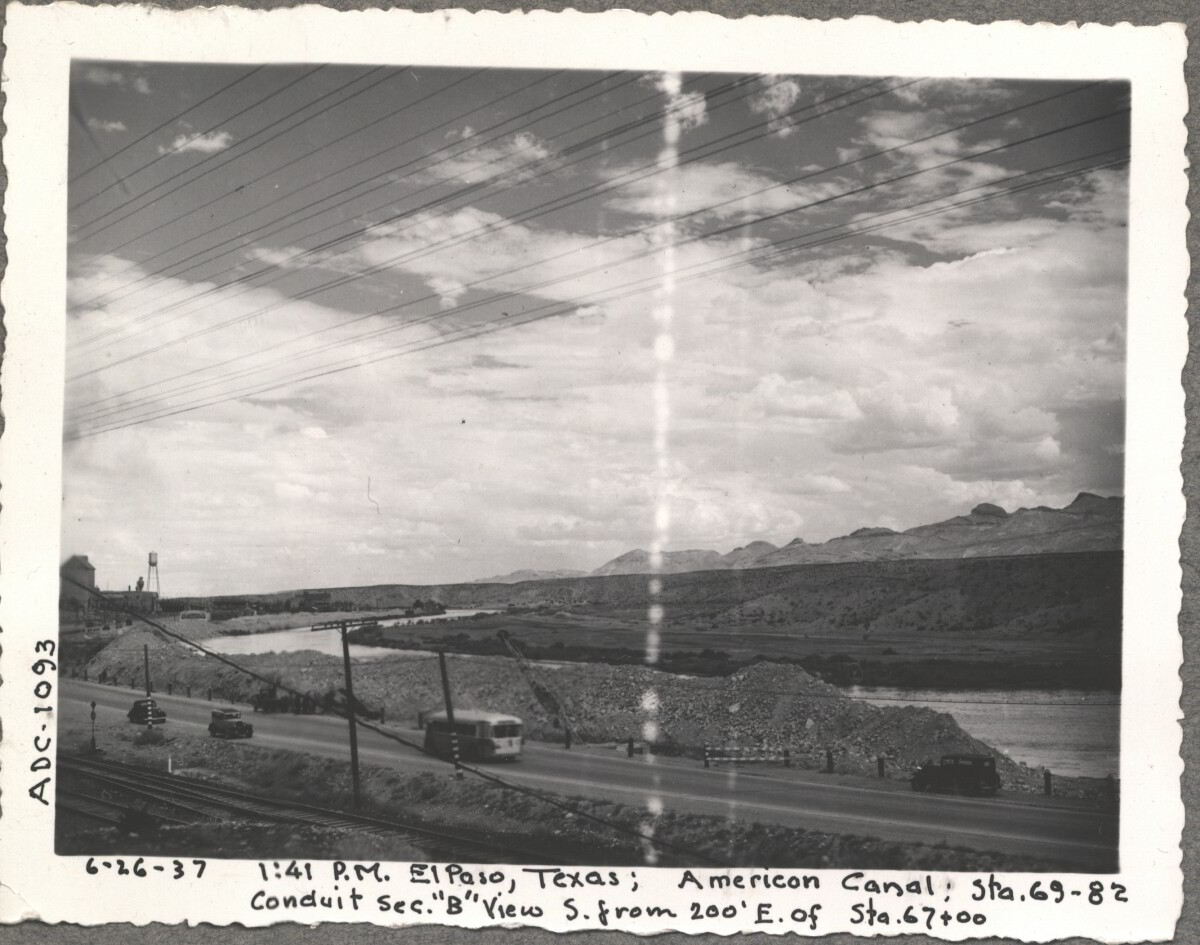
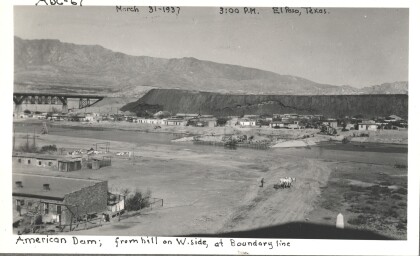
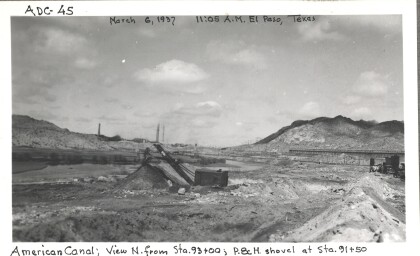
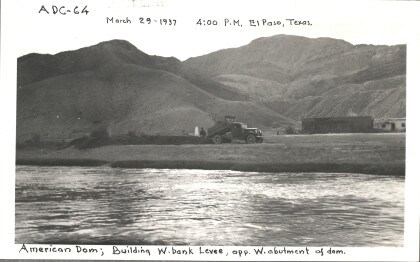
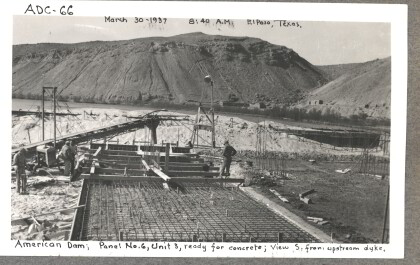
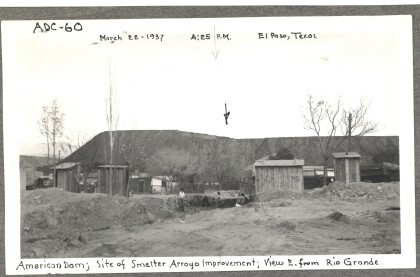
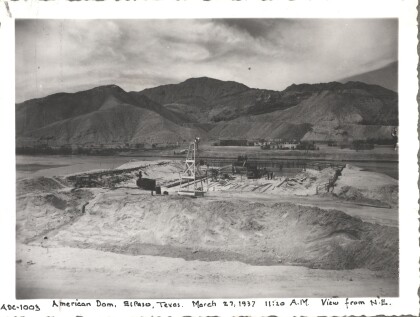
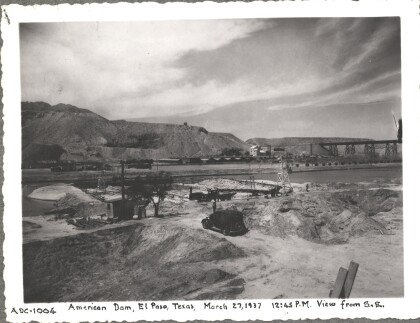
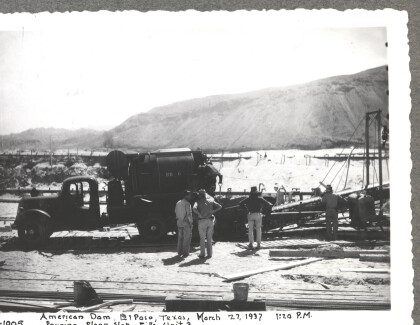
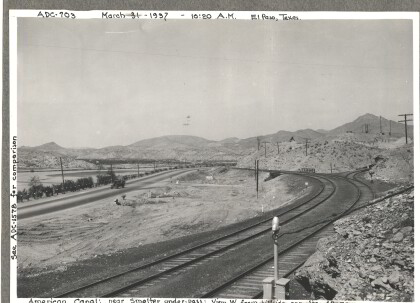
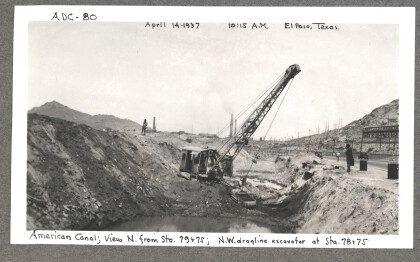
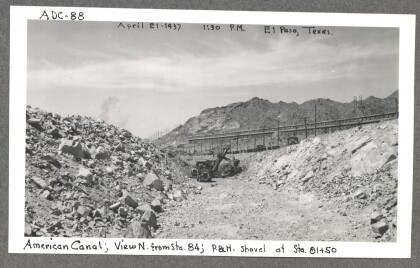
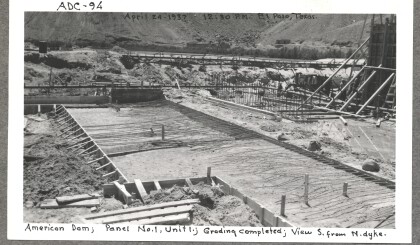
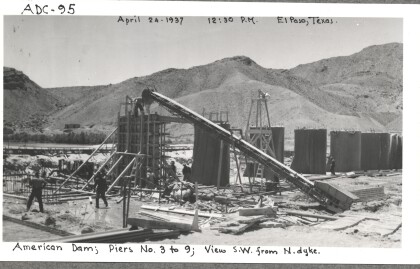
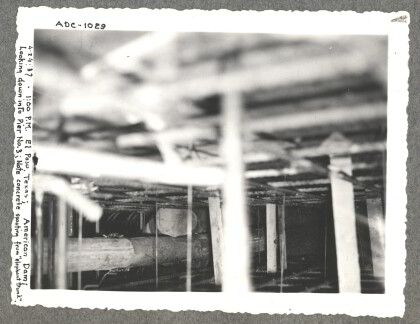
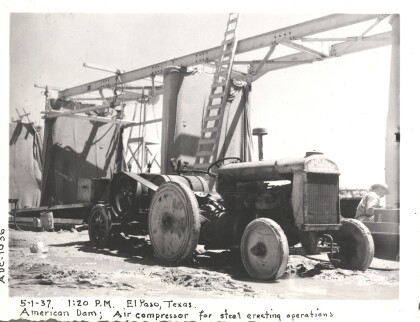
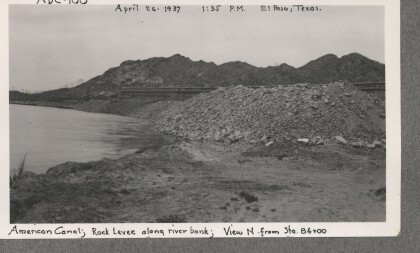
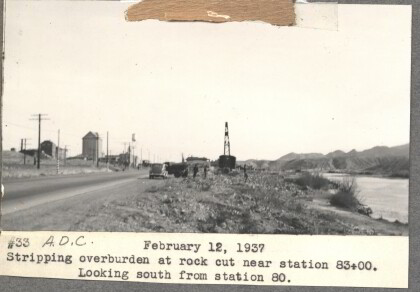

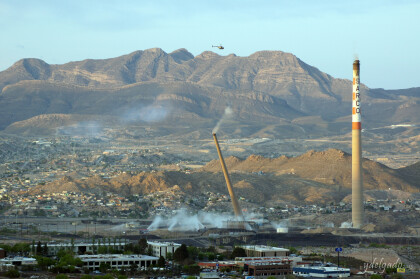
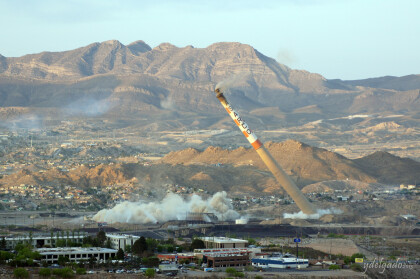
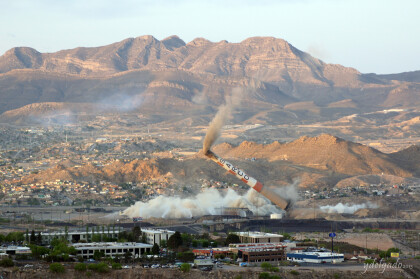
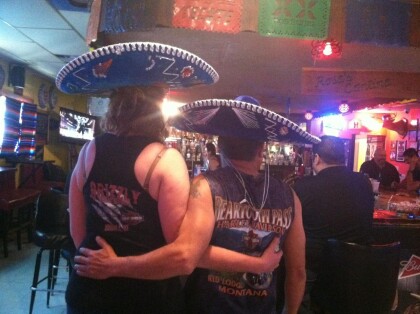
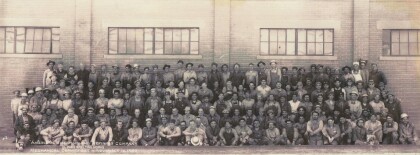
Comments
Add a comment